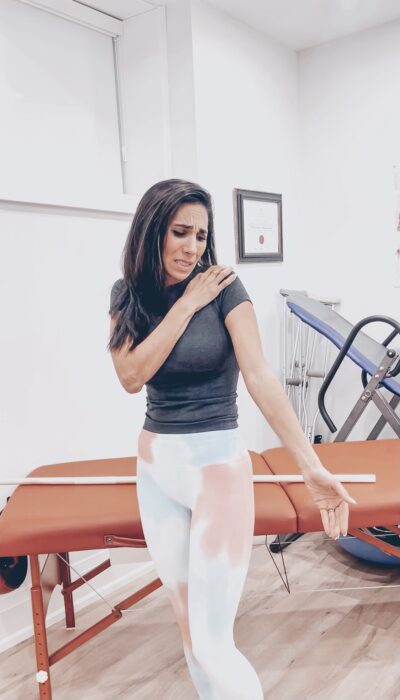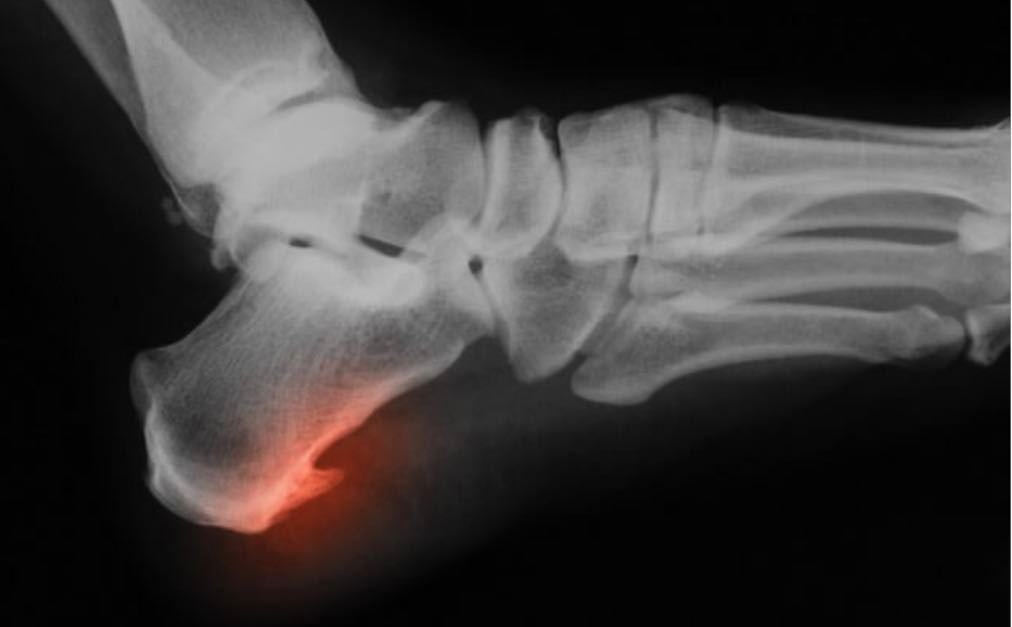Shoulder Impingement
Shoulder impingement is a common condition that affects millions of people each year. It occurs when the tendons of the rotator cuff muscles become compressed and pinched in the narrow space between the top of the arm bone and the acromion, which is a bony projection on the shoulder blade. This can result in pain, weakness, and limited mobility of the shoulder joint. Physical therapy is a non-invasive treatment option for shoulder impingement that can help reduce pain, restore strength and flexibility, and prevent further injury.
Causes of Shoulder Impingement:
Shoulder impingement can be caused by a variety of factors, including overuse, poor posture, and degenerative changes in the shoulder joint. Since there are 17 muscle attachments on the shoulder blade, muscle coordination is an extremely important factor when it comes to shoulder impingement. A sedentary lifestyle increases the risk of developing impingement when one suddenly does overhead tasks such as swimming, or simply reaching up into a cupboard. Other risk factors include age, gender, and certain medical conditions, such as rotator cuff tears, bursitis, and arthritis.
Symptoms of Shoulder Impingement:
The symptoms of shoulder impingement can vary from person to person, but may include:
• Pain or discomfort in the front or side of the shoulder • Weakness or difficulty lifting the arm overhead • A popping or clicking sensation when moving the arm • Limited range of motion in the shoulder joint • Tenderness or swelling around the shoulder joint
Diagnosis of Shoulder Impingement:
A physical therapist will do a clinical exam to determine the cause of shoulder pain. This exam includes analyzing the patient’s movement strategy, testing strength of various muscles and a hands on assessment of the joint.
Treatment of Shoulder Impingement:
We recommend in-home physiotherapy for effective management of shoulder impingement. By coming into your usual environment, our therapists are able to address functional strategies used during everyday movement. It is sometimes difficult in a busy clinic to take the time to really analyze the movement system of a person. Our in-home physiotherapy sessions are 1:1 attention for the full duration of the session. Treatment typically includes a combination of neuromuscular retraining, specific exercises and manual therapy techniques designed to optimize the joint mechanics and improve strength, flexibility, and range of motion in the shoulder joint.
Exercises for Shoulder Impingement:
Your physical therapist will design a customized exercise program based on your specific movement impairments, muscle imbalances and muscle coordination issues. Often times, exercises include strengthening of scapular stabilizers in various positions and stretching/opening through the chest. Stiffness in the thoracic spine may also be addressed.
Conclusion:
Shoulder impingement can be a painful and limiting condition, but physical therapy can help reduce pain, restore strength and flexibility, and prevent further injury. If you are experiencing shoulder pain or limited mobility, consult with a qualified healthcare provider to determine the underlying cause of your symptoms and to develop an effective treatment plan. A physical therapist can design a customized exercise program to help you achieve your goals and improve your quality of life.
BONE SPURS FROM PLANTAR FASCIITIS
Often presenting as calcaneal spurs, bone spurs occur when there has been repeated trauma in the foot. They are the result of micro-tears in the connective tissue attaching to the heel, which can further develop into boney outgrowths. This commonly occurs at the heel where the plantar fascia inserts onto the bone. While most people complain of pain and discomfort, there have been cases with no symptoms at all.
Bone spurs are commonly the result of flat feet (pes planus), but are also affected by heredity, metabolic disorders, increased inflammation in the body, and other diseases. Risk factors: Those who have repeated trauma around the foot, inflammation in the peroneal muscles, deformities in the ankle area, severe disease (inflammation on the calcaneal due to overworking). Diagnosis: A physical therapist would be able to determine the likelihood of a bone spur based on a clinical examination. X-rays and MRIs would confirm the presence of bone spurs. There are tiers 1-3 of how severe the bony outgrowth can be.
Tier 1 would take up to 6 weeks for healing, tier 2 would take 6 months and tier 3 would take 6 months also but would require a different type of treatment. Treatments Bony spurs can be treated with traditional physiotherapy by increasing the strength around the surrounding muscles and lengthening those muscles as well. However, sometimes radiation, shockwave, laser, and cortisone shots are needed. Other therapies such as hot and cold can also treat the area. Wearing foot splints during sleep can also help prevent the bony spurs from getting worse, and shoe inserts or foot orthotics may also be beneficial. A physical therapist can help you determine the optimal treatment for your specific body’s alignment, functional status, and body tissues.


